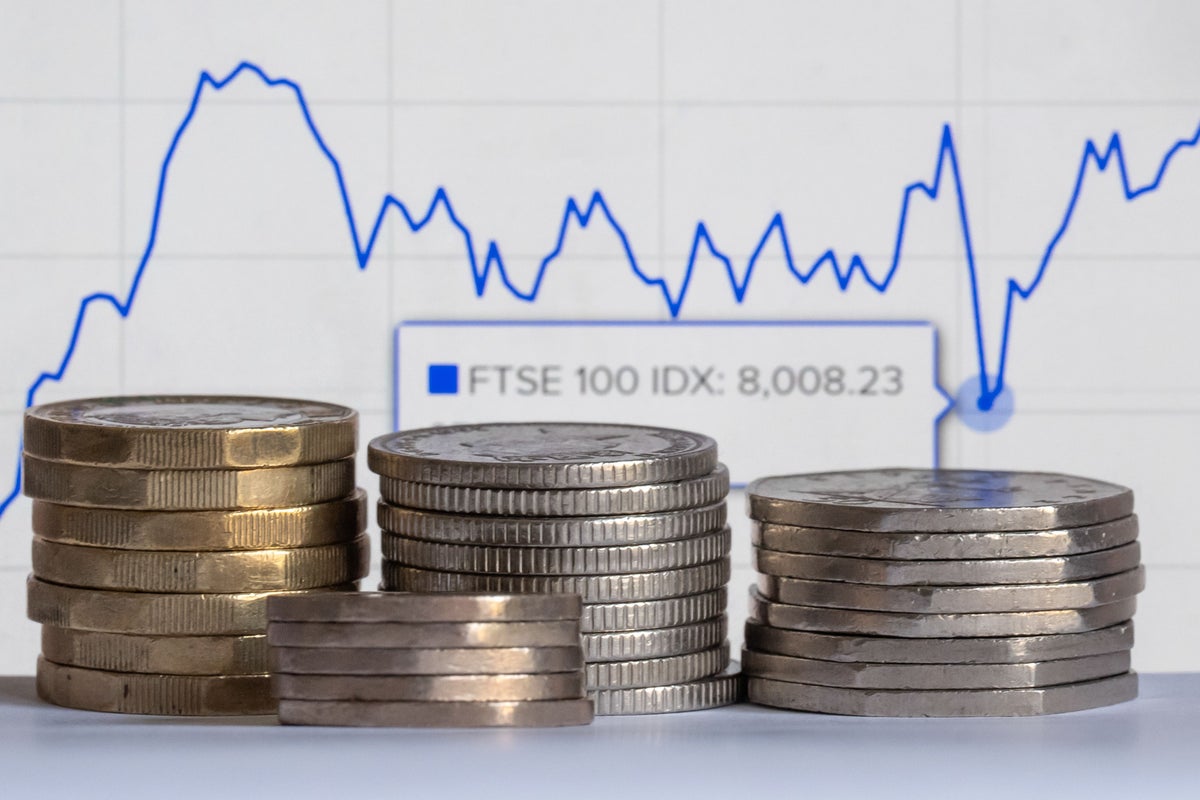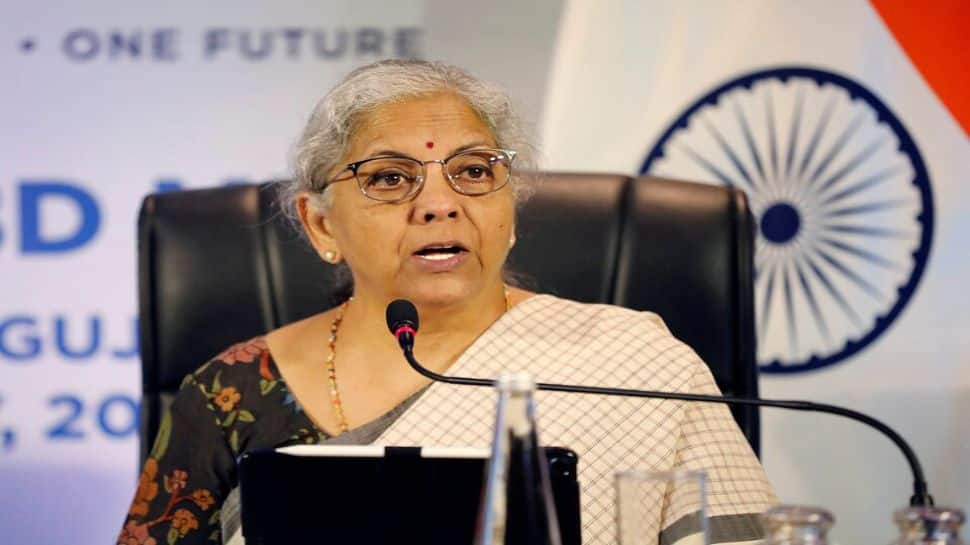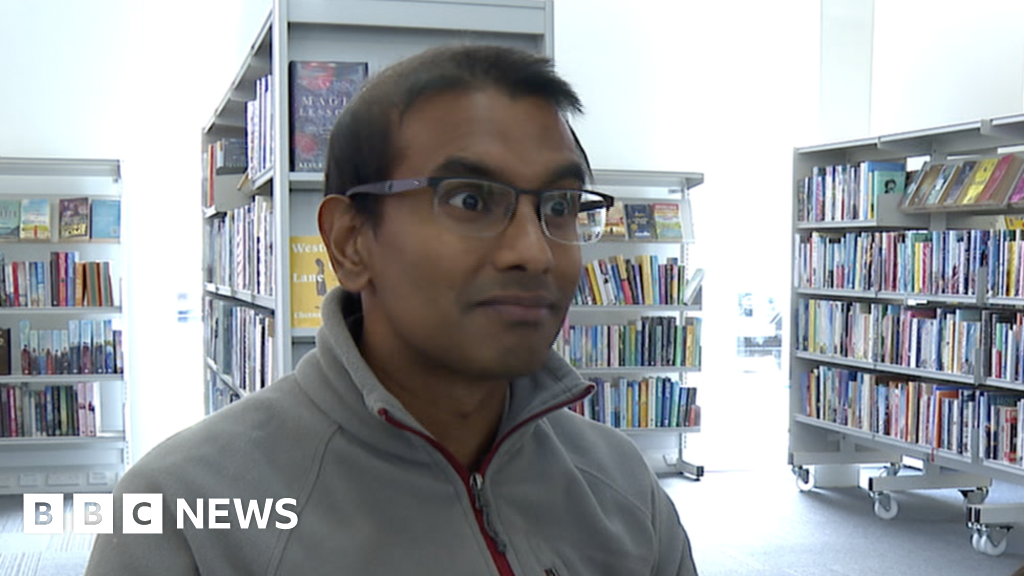Business
Blue chips falter as FTSE outshone by European peers

The FTSE 100 closed lower on Thursday, despite gains elsewhere in Europe, held back by a number of stocks trading ex-dividend.
The FTSE 100 index closed down 38.68 points, 0.4%, at 9,216.82. The FTSE 250 ended 60.63 points lower, 0.3%, at 21,744.40 and the AIM All-Share finished down 1.16 points, 0.2%, at 761.21.
On the FTSE 100, insurer Aviva topped the fallers, 3.1% lower as it traded ex-dividend, while LondonMetric Property, down 2.0% and Auto Trader, down 1.6%, also lost ground as they traded without entitlement to their payouts.
Among the risers was sports retailer JD Sports Fashion, up a further 2.8%, building on Wednesday’s gains which followed a well received trading update.
Berenberg raised its share price target to 155 pence from 128p.
“We believe that the 8.5x PE valuation fails to reflect the company’s potential for moderate growth, margin recovery and strong free cash flow,” the broker said in a research note.
In New York, the Dow Jones Industrial Average fell 0.3%, the S&P 500 was 0.1% lower, while the Nasdaq Composite was up 0.1%.
Nvidia was down 1.1% in New York at the time of the London close as concerns over China took some of the gloss off strong results and guidance.
The chip maker has not included any sales from China in its guidance as it grapples with the fallout from its trade war with the US.
Chief executive Jensen Huang said Nvidia is talking to the Trump administration about the “importance of American companies to be able to address the Chinese market”.
Data showed the US economy grew at a stronger pace than expected in the second quarter of the year.
According to the latest reading from the Bureau of Economic Analysis, the US economy rose 3.3% quarter-on-quarter on an annualised basis in the three months to June, upwardly revised from the first estimate which showed 3.0% growth.
The first quarter saw the US economy shrink 0.5%.
The annualised calculation shows how much the economy would expand if that quarterly pace of growth continued for a whole year, according to the BEA.
Friday sees the release of the monthly personal consumption expenditures inflationary gauge. An acceleration in the annual growth rate of core PCE prices to 2.9% is expected for July, from 2.8% in June, according to consensus cited by FactSet.
The yield on the US 10-year Treasury was at 4.22%, trimmed from 4.26% on Wednesday. The yield on the US 30-year Treasury was 4.89%, narrowed from 4.91%.
The pound climbed to 1.3513 dollars late on Thursday afternoon in London, compared to 1.3469 at the equities close on Wednesday. The euro rose to 1.1668 dollars.
In Europe, the Cac 40 in Paris ended up 0.2%, while the Dax 40 in Frankfurt closed little changed.
Back in London, Drax fell 7.5% as it said the UK’s financial regulator had started a probe over the UK energy company’s sourcing for biomass pellets.
The Yorkshire-based power generator said it was notified on Tuesday that the Financial Conduct Authority has commenced an investigation into the company covering the period January 2022 to March 2024.
In a brief statement, Drax said the probe relates to certain historical statements regarding biomass sourcing and the compliance of Drax’s 2021, 2022 and 2023 annual reports with the listing rules and disclosure guidance and transparency rules.
Drax said it will co-operate with the FCA as part of their investigation.
In August 2024, Drax paid £25 million after industry regulator Ofgem found there was an absence of adequate data governance and controls in place that had contributed to the firm misreporting data in relation to the period April 2021 to March 2022.
Elsewhere, Hunting fell 2.9% as it reported increased revenue but lower profit in the first half of 2025 against a “volatile” market backdrop.
Looking ahead, Hunting said oil and gas demand has remained “steady and is likely to remain at a consistent level in the medium to long term”.
But in the near term, the geopolitical and macro-economic outlook remains “choppy”, it added.
PPHE Hotel shares sank 16% as the hotelier lowered full-year earnings guidance, alongside half year results.
The Amsterdam-based operator of Park Plaza and Art’otel hotels, among other brands, expects its full-year earnings before interest, tax, depreciation and amortisation to be “similar” to that of 2024.
A barrel of Brent traded at 67.51 dollars late Thursday afternoon, down slightly from 67.55 on Wednesday. Gold pushed higher to 3,407.04 dollars an ounce against 3,387.91 on Wednesday.
The biggest risers on the FTSE 100 were Anglo American, up 64.00 pence at 2,265.00p, JD Sports Fashion, up 2.74p at 100.10p, Weir, up 42.00p at 2,496.00p, Rio Tinto, up 67.00p at 4,637.00p and DCC, up 56.00p at 4,696.00p.
The biggest fallers on the FTSE 100 were Aviva, down 21.00p at 656.20p, Land Securities, down 12.50p at 559.00p, Endeavour Mining, down 52.00p at 2,492.00p, Relx, down 70.00p at 2,492.00p and LondonMetric Property, down 3.70p at 186.40p.
There are no major events scheduled in Friday’s local corporate calendar.
The global economic calendar on Friday has US personal consumption expenditures data, Canadian GDP numbers, German retail sales figures and CPI prints in France and Germany.
– Contributed by Alliance News
Business
India’s $5 Trillion Economy Push Explained: Why Modi Govt Wants To Merge 12 Banks Into 4 Mega ‘World-Class’ Lending Giants

India’s Public Sector Banks Merger: The Centre is mulling over consolidating public-sector banks, and officials involved in the process say the long-term plan could eventually bring down the number of state-owned lenders from 12 to possibly just 4. The goal is to build a banking system that is large enough in scale, has deeper capital strength and is prepared to meet the credit needs of a fast-growing economy.
The minister explained that bigger banks are better equipped to support large-scale lending and long-term projects. “The country’s economy is moving rapidly toward the $5 trillion mark. The government is active in building bigger banks that can meet rising requirements,” she said.
Why India Wants Larger Banks
Sitharaman recently confirmed that the government and the Reserve Bank of India have already begun detailed conversations on another round of mergers. She said the focus is on creating “world-class” banks that can support India’s expanding industries, rising infrastructure investments and overall credit demand.
She clarified that this is not only about merging institutions. The government and RBI are working on strengthening the entire banking ecosystem so that banks grow naturally and operate in a stable environment.
According to her, the core aim is to build stronger, more efficient and globally competitive banks that can help sustain India’s growth momentum.
At present, the country has a total of 12 public sector banks: the State Bank of India (SBI), the Punjab National Bank (PNB), the Bank of Baroda, the Canara Bank, the Union Bank of India, the Bank of India, the Indian Bank, the Central Bank of India, the Indian Overseas Bank (IOB) and the UCO Bank.
What Happens To Employees After Merger?
Whenever bank mergers are discussed, employees become anxious. A merger does not only combine balance sheets; it also brings together different work cultures, internal systems and employee expectations.
In the 1990s and early 2000s, several mergers caused discomfort among staff, including dissatisfaction over new roles, delayed promotions and uncertainty about reporting structures. Some officers who were promoted before mergers found their seniority diluted afterward, which created further frustration.
The finance minister addressed the concerns, saying that the government and the RBI are working together on the merger plan. She stressed that earlier rounds of consolidation had been successful. She added that the country now needs large, global-quality banks “where every customer issue can be resolved”. The focus, she said, is firmly on building world-class institutions.
‘No Layoffs, No Branch Closures’
She made one point unambiguous: no employee will lose their job due to the upcoming merger phase. She said that mergers are part of a natural process of strengthening banks, and this will not affect job security.
She also assured that no branches will be closed and no bank will be shut down as part of the consolidation exercise.
India last carried out a major consolidation drive in 2019-20, reducing the number of public-sector banks from 21 to 12. That round improved the financial health of many lenders.
With the government preparing for the next phase, the goal is clear. India wants large and reliable banks that can support a rapidly growing economy and meet the needs of a country expanding faster than ever.
Business
Stock market holidays in December: When will NSE, BSE remain closed? Check details – The Times of India

Stock market holidays for December: As November comes to a close and the final month of the year begins, investors will want to know on which days trading sessions will be there and on which days stock markets are closed. are likely keeping a close eye on year-end portfolio adjustments, global cues, and corporate earnings.For this year, the only major, away from normal scheduled market holidays in December is Christmas, observed on Thursday, December 25. On this day, Indian stock markets, including the Bombay Stock Exchange (BSE) and National Stock Exchange (NSE), will remain closed across equity, derivatives, and securities lending and borrowing (SLB) segments. Trading in currency and interest rate derivatives segments will continue as usual.Markets are expected to reopen on Friday, December 26, as investors return to monitor global developments and finalize year-end positioning. Apart from weekends, Christmas is the only scheduled market holiday this month, making December relatively quiet compared with other festive months, with regards to stock markets.The last trading session in November, which was November 28 (next two days being the weekend) ended flat. BSE Sensex slipped 13.71 points, or 0.02 per cent, to settle at 85,706.67, after hitting an intra-day high of 85,969.89 and a low of 85,577.82, a swing of 392.07 points. Meanwhile, the NSE Nifty fell 12.60 points, or 0.05 per cent, to 26,202.95, halting its two-day rally.
Business
North Tyneside GP says debt stress causing mental health issues

A GP says patients are presenting with mental health problems because of stress they feel over their levels of personal debt.
According to Citizens Advice, north-east England has the second highest number of people who require professional assistance with debt problems – only London is higher.
Debt charity StepChange said in 2024 the highest concentration of their clients were in the North East, with 37 clients per 10,000 adults.
Dr Kamlesh Sreekissoon, who works as a GP in North Tyneside, said people were juggling “three or four jobs” in the build up to Christmas in order to manage and subsequently struggling with their mental health.
The most common reason for personal debt as reported by Stepchange’s North East clients is a rise in the cost of living (19.3%) and a lack of control over finances (19%).
Both these statistics outstrip the UK figures of 17.7% and 17.9% respectively.
Citizens Advice said thousands of people were falling deeper into debt to meet the cost of basic essentials such as food and fuel, rather than luxuries, but that people also felt under pressure to provide for Christmas.
Dr Sreekissoon said the stress caused by the debt people faced was compounded by issues relating to their family situations.
“At this time of year you will see people juggling three or four jobs, also after caring for elderly relatives, parents, [they’re] stressed out and unfortunately struggling with their mental health,” said Dr Sreekissoon.
He said the debt his patients described was not caused by buying unnecessary things, but by simply struggling to make ends meet.
“It’s more the basics,” he said. “I see people taking on working long hours, doing two or three jobs, and just being kind of stretched out, not being able to see their kids, and that just burns people out which is really sad to see”.
-

 Sports7 days ago
Sports7 days agoWATCH: Ronaldo scores spectacular bicycle kick
-

 Entertainment7 days ago
Entertainment7 days agoWelcome to Derry’ episode 5 delivers shocking twist
-

 Politics7 days ago
Politics7 days agoWashington and Kyiv Stress Any Peace Deal Must Fully Respect Ukraine’s Sovereignty
-

 Business7 days ago
Business7 days agoKey economic data and trends that will shape Rachel Reeves’ Budget
-

 Tech5 days ago
Tech5 days agoWake Up—the Best Black Friday Mattress Sales Are Here
-

 Fashion7 days ago
Fashion7 days agoCanada’s Lululemon unveils team Canada kit for Milano Cortina 2026
-

 Politics7 days ago
Politics7 days ago53,000 Sikhs vote in Ottawa Khalistan Referendum amid Carney-Modi trade talks scrutiny
-

 Tech5 days ago
Tech5 days agoThe Alienware Aurora Gaming Desktop Punches Above Its Weight






